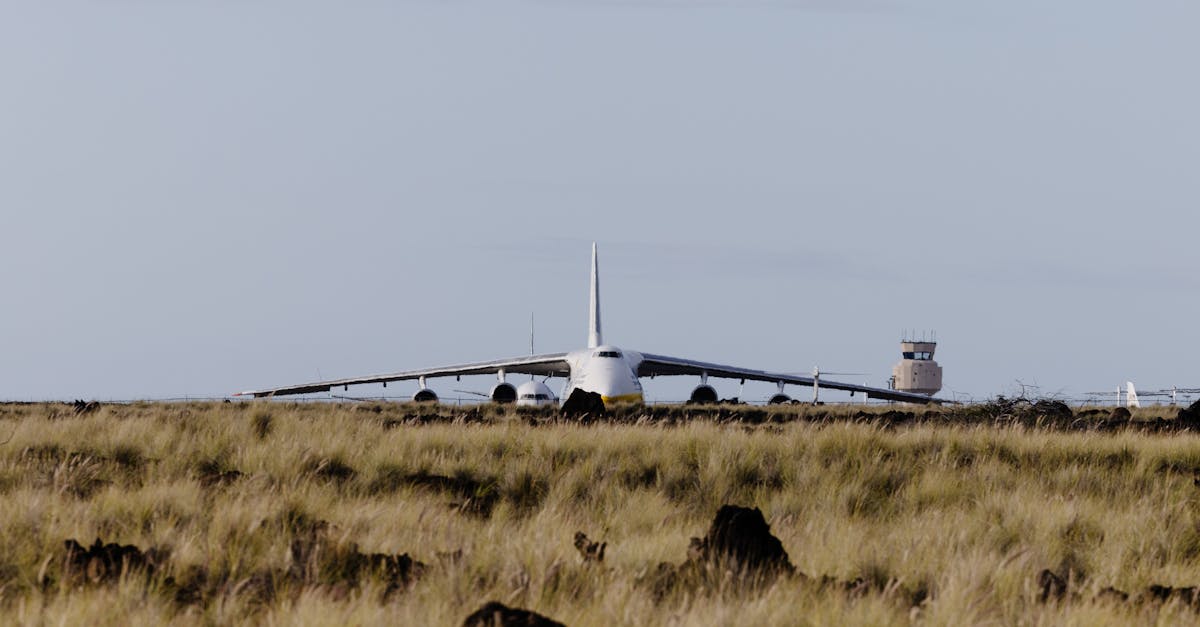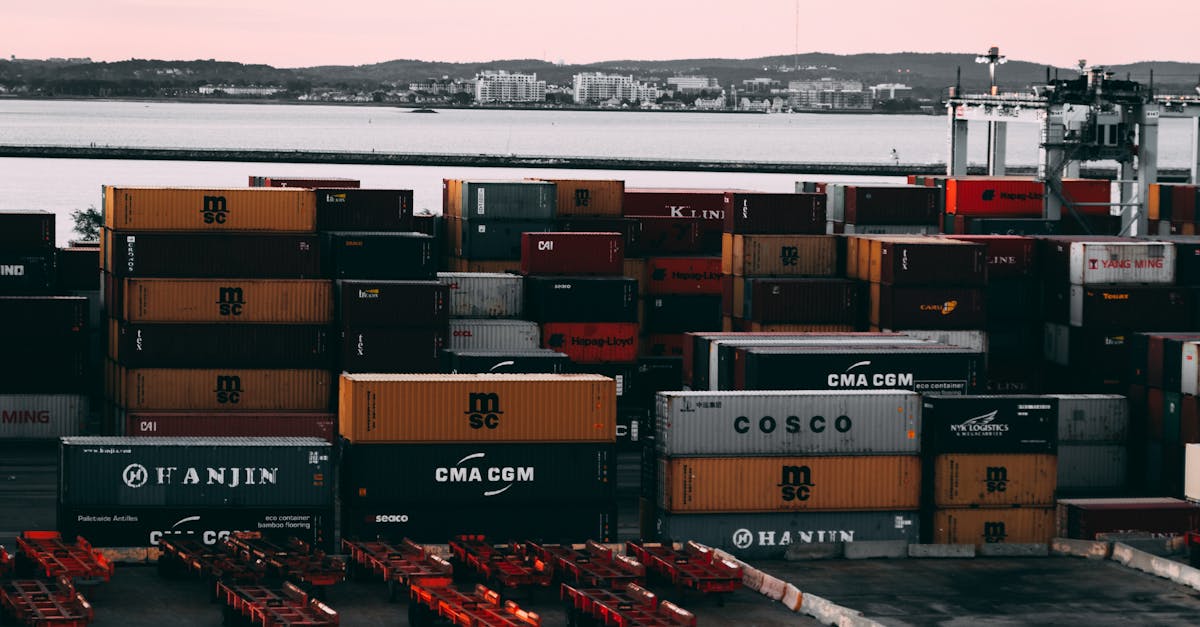The Ellison Onizuka Kona International Airport (KOA) has been forced to close its runway again due to cracking, underscoring the persistent challenges faced by Hawaii's infrastructure, as reported by Beat of Hawaii. This recent closure, occurring despite a $64.7 million federal grant for runway rehabilitation, raises serious concerns about the long-term reliability of the airport and its ability to serve the needs of travelers and businesses. The recurring issues with the runway have led to flight disruptions and safety concerns, directly impacting the flow of tourists and the efficiency of businesses reliant on air travel.
The runway problems at Kona Airport have been persistent. Beat of Hawaii had previously reported closures due to cracking, and in April 2024, the airport was temporarily closed to patch a crack. These repeated closures and repairs underscore the strain on the existing infrastructure. The multi-year Kona Airport runway project aims to address these critical issues, with the project fully beginning in October 2024. Runway 17-35 at KOA was also scheduled for closure during June 2025 as part of an ongoing rehabilitation project, according to a Hawai'i Department of Transportation (HDOT) blog post. This continuous cycle of closures, repairs, and rehabilitation projects contributes to operational difficulties for airlines and increased costs, potentially affecting the overall cost of travel to and from the Big Island.
For Hawaii's entrepreneurs, investors, and professionals, the reliability of airport infrastructure is paramount. Airport closures and delays can disrupt supply chains, impact tourism-dependent businesses, and increase operational costs. The recent federal funding is a positive step, but the recurring issues suggest the need for a more comprehensive approach to infrastructure maintenance and upgrades. This includes not only repairing existing damage but also proactively addressing potential problems to reduce the likelihood of future disruptions. Furthermore, the reliance on a single runway at KOA suggests the potential need for future expansions or alternative solutions to maintain operational capacity during repair and maintenance.
The situation at Kona Airport highlights broader challenges in Hawaii's infrastructure, where aging facilities and the effects of climate change demand significant investment and strategic planning. Ensuring the smooth operation of airports is crucial for sustaining the state's economy, which heavily relies on tourism and interconnected global markets. The ongoing runway problems at KOA serve as a reminder of the need for sustained investment in Hawai'i's infrastructure and underscore the importance of long-term planning to minimize disruption and maximize economic stability.



